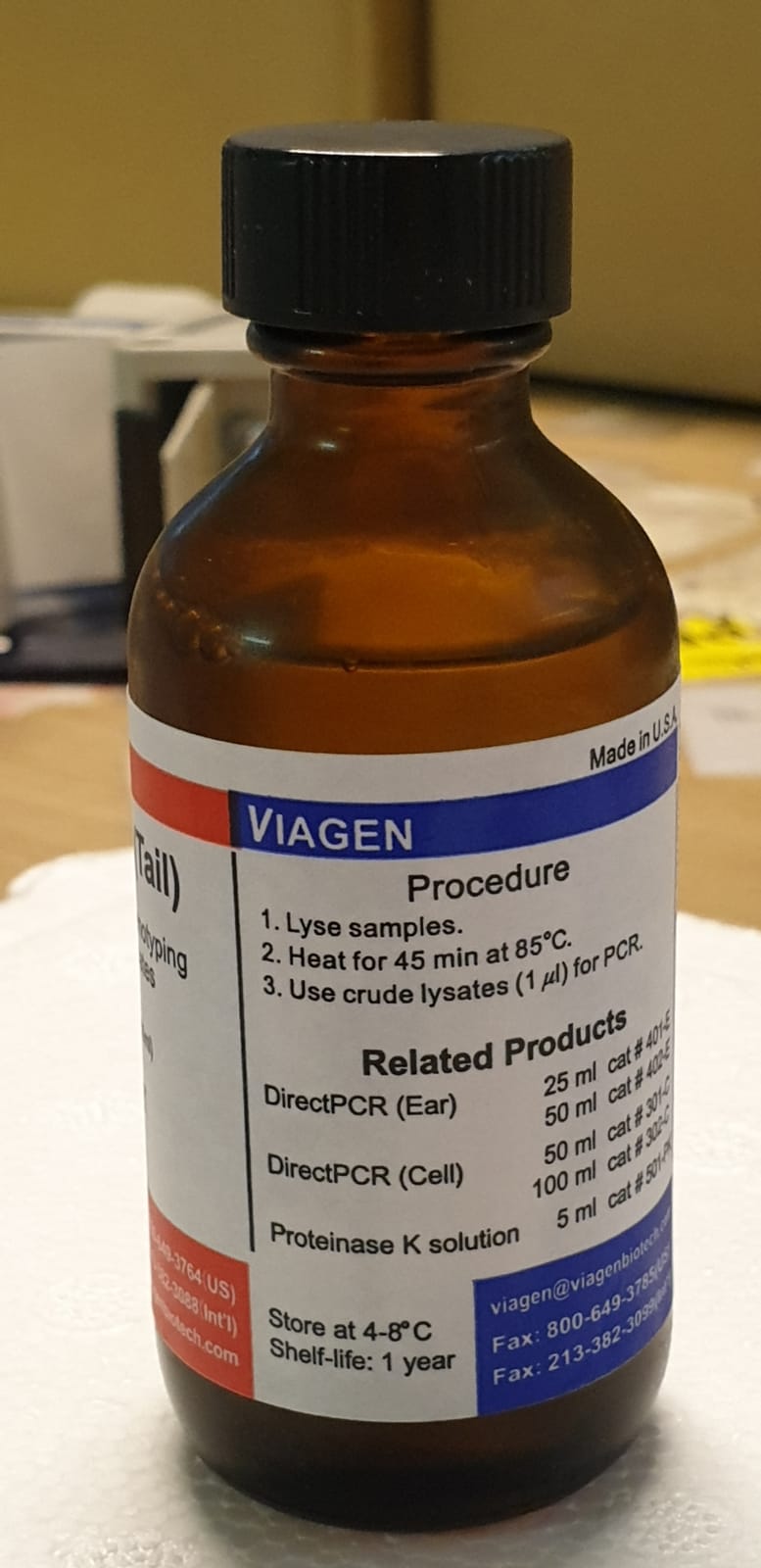Equipmentshare ceo
The SARS-CoV nucleocapsid (N) protein fulfills a number of roles in viral replication, transcription, and advanced viral genome encounter. Coronaviruses, in particular, package genomic RNA into assembled virions, and in SARS-CoV, this course is reported to be driven by an interaction between protein N and a packaging sign encoded within viral RNA.
While current research has uncovered the sequence of this packaging sign, little is understood about the particular interaction between protein N and the packaging sign sequence, and the mechanisms by which this interaction drives packaging of the viral genome. In this research, we developed a new cell-based in vivo assay to analyze this interaction between N protein and packaging sign RNA for SARS-CoV, as well as different viruses within the coronaviridae home.
Our results show that the N protein particularly recognizes the SARS-CoV packaging sign with higher affinity compared to the indicators of different coronaviruses or different coronavirus species.

Furthermore, we use deletion mapping to establish an area of 151 nt within the packaging sign sequence that is important for N-protein-RNA binding and, conversely, we present that each of the N-terminal domains and C-terminal of the N protein are essential to recognize the packaging RNA.
These results describe, for the first time, in vivo evidence for an interaction between SARS-CoV protein N and its packaging sign RNA, and show the feasibility of using this cell-based assay to probe viral protein-RNA interactions in the future. investigate.
Enhancement of the versatile and versatile OneBac system dependent on the Sf9 packaging cell line for large-scale rAAV manufacturing.
Recombinant adeno-associated viruses (rAAVs) are glorious vectors for gene delivery. However, current OneBac techniques dependent on the Sf9 / Rep-Cap packaging cell line lack the versatility and flexibility for large-scale rAAV manufacturing.
Right here, we developed an improved OneBac system, which included a new dual-function BEV / Cap- (ITR-GOI), which carried both the AAV Cap gene and the rAAV ITR-GOI genome; and a flexible packaging cell line Sf9-GFP / Rep, harboring silent copies of the AAV2 Rep gene, the expression of which could possibly be induced after BEV infection, and constitutively expressed GFP reporter genes to facilitate line screening. mobile.
The BEV / Cap- (ITR-GOI) could be very versatile in switching between completely different serotypes of the Cap gene by easy reconstruction of the BEV, and is stable for at least 5 serial passages. Furthermore, the stable Sf9-GFP / Rep cell line is flexible for various rAAV manufacturing serotypes.
The throughput ranges for rAAV2, rAAV8, and rAAV9 exceeded 105 vector genomes (VG) per cell, as is the current state of large-scale rAAV manufacturing techniques. The new rAAVs derived from the Bac system have biophysical properties related to the rAAVs derived from HEK293 cells, as well as excellent quality and exercise. In summary, the novel Sf9-GFP / Rep packaging cell line-dependent OneBac system will facilitate large-scale manufacturing of rAAV and rAAV-based genetic remedy.
